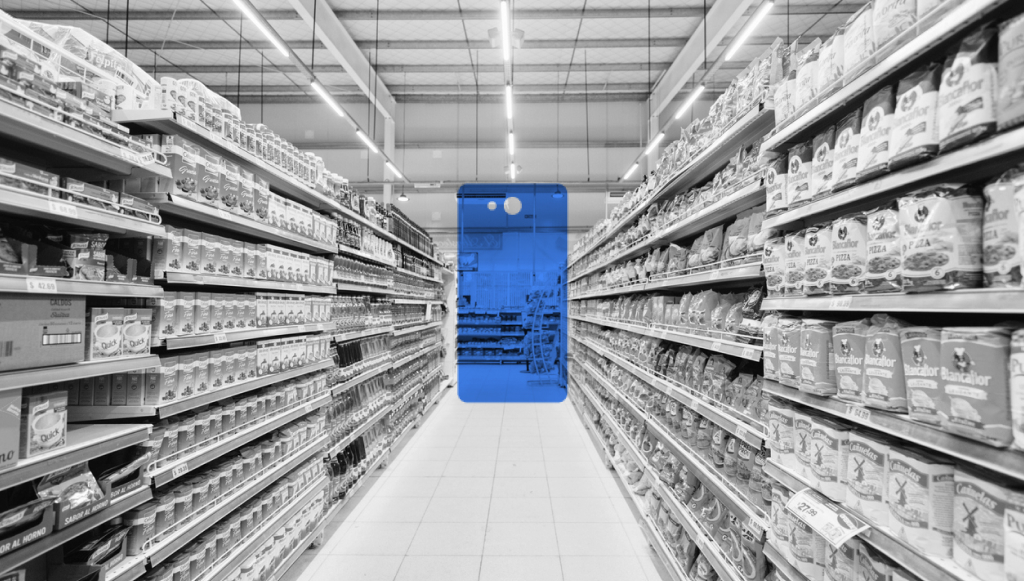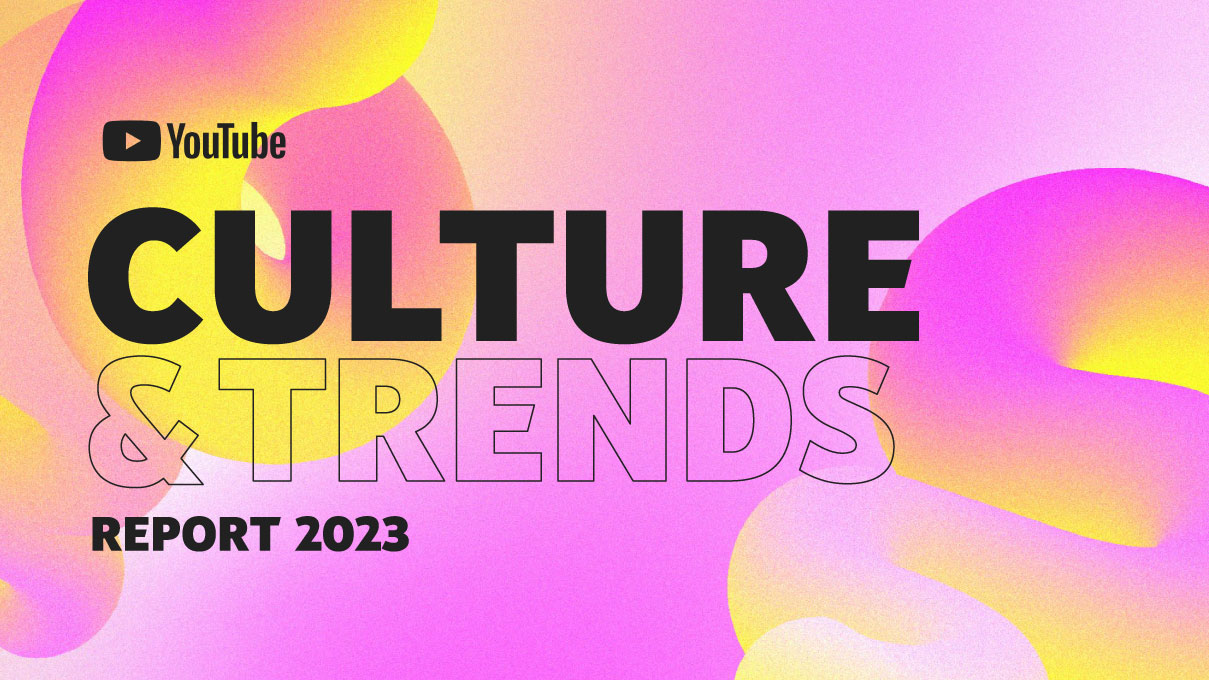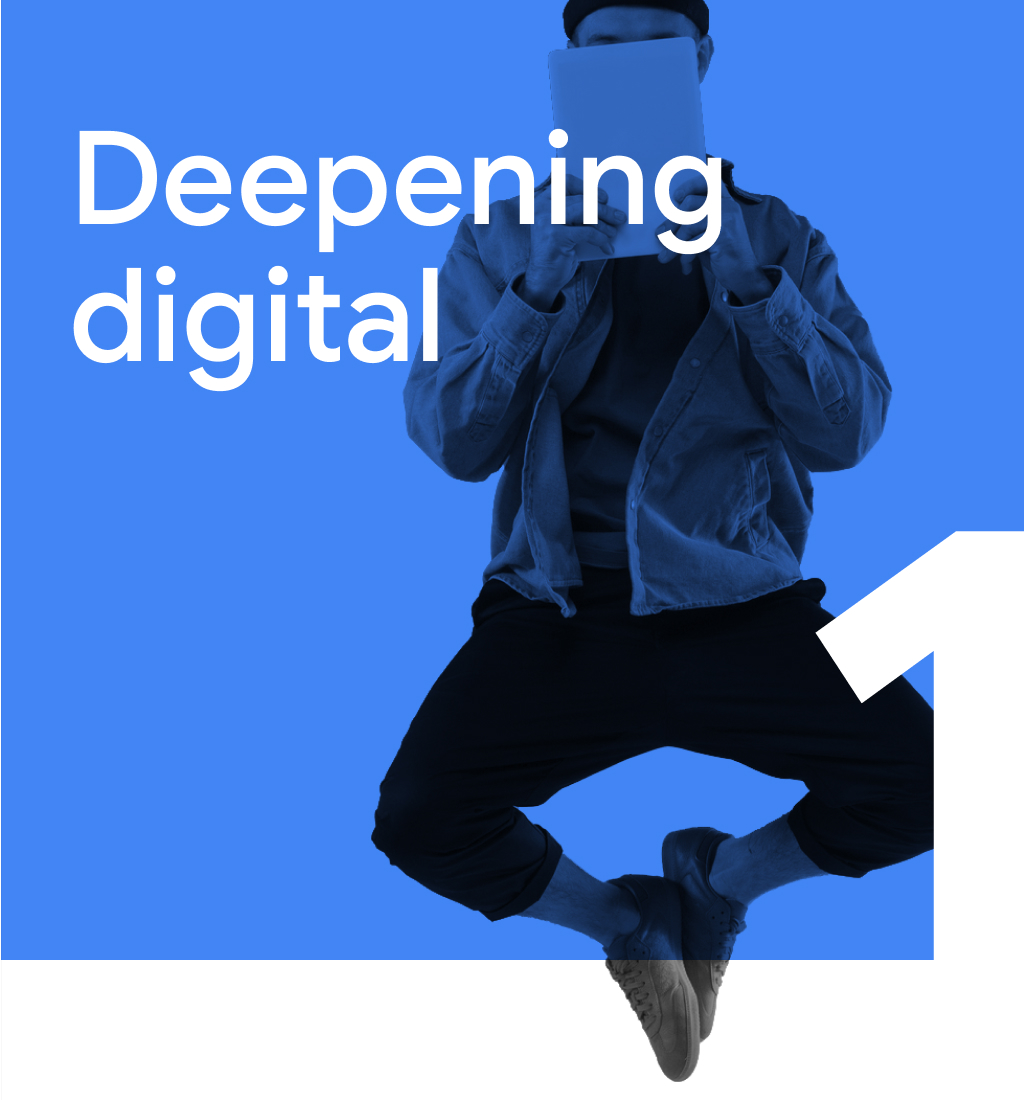
If 2020 saw millions of consumers come online out of necessity, 2021 showed the staying power of digital. From shopping to services, people are now embracing all the benefits of a digital-first lifestyle - from speed to convenience, greater choice, and more.

Extended lockdowns in 2021 for much of Australia and New Zealand meant digital usage increased in the day-to-day lives of many people. Rising Google and YouTube searches for online shopping, digital payments, and live-streaming painted a picture of how people used these tools to adjust to a ‘new normal’. But this trend is continuing even as we emerged from lockdown. With retail searches remaining 29% higher than pre-COVID,1 it’s clear that even at times of increased mobility, consumers are choosing to stay online - indicating this trend is here to stay.
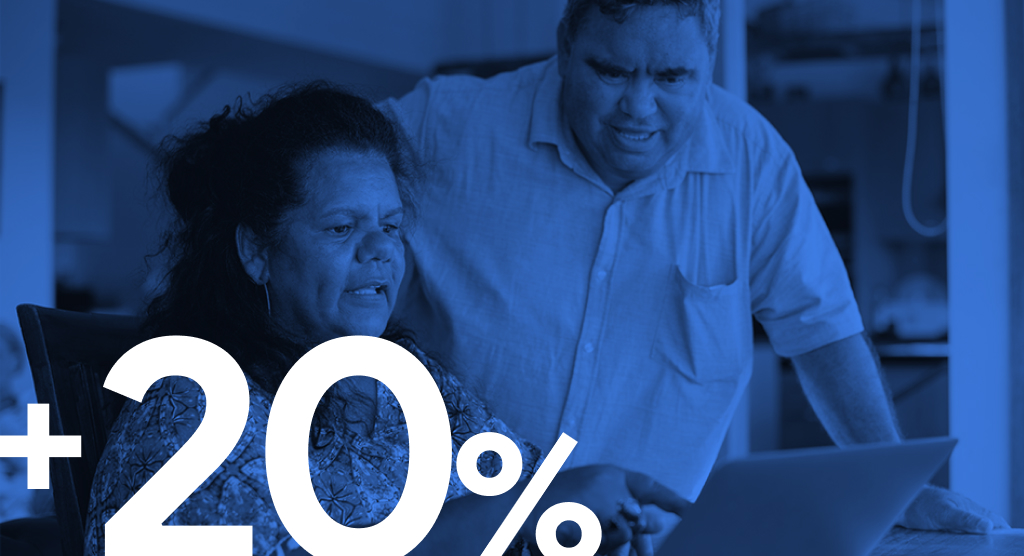
In 2021, ecommerce grew 20% YoY in Australia and NZ, with over 9 million Australian households shopping online through to September. It’s a trend motivated by benefits like time and cost savings, flexible payment options, diversity of product offerings, and the convenience of delivery.
But it’s not just online; Google Search still plays a major role for those who choose to purchase in-store, with 9 in 10 Australians searching online before buying in person.2 Many use Search to browse products or compare retailers, and 61% are looking for store-related information, such as location and opening hours.3 Growth in online usage has pushed brands to digitise at greater scale and pace than they’d planned for, or expected.
With consumer behaviour now embracing the digital-first lifestyle, brands should consider how they can move from COVID-proofing to future-proofing, in order to realise future opportunities through agility, confidence, and clarity.
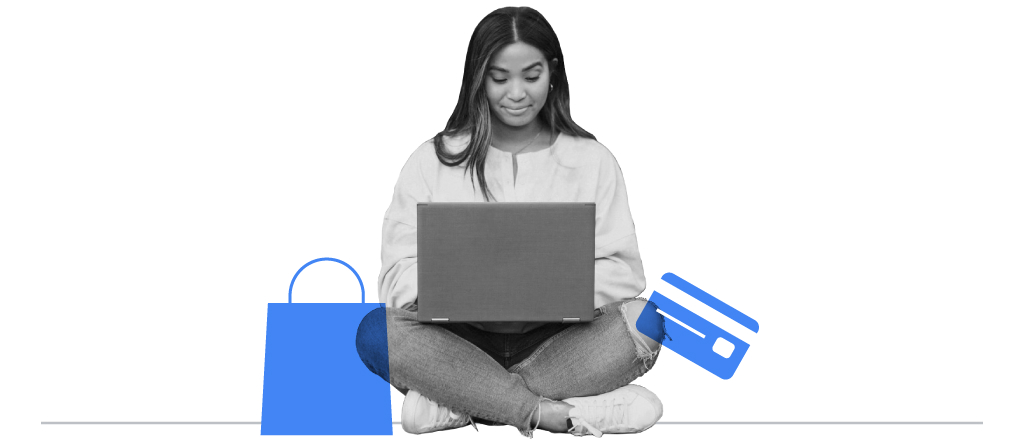

Online-first shopping experiences
Today, rising Google Searches show how shoppers are using digital channels as a helpful tool for decision-making, and are also reluctant to endure downsides like delivery wait times.
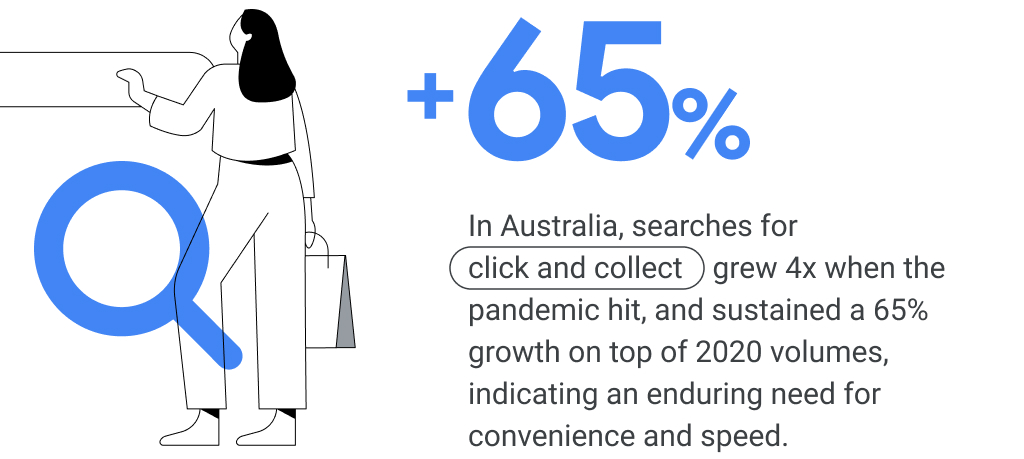
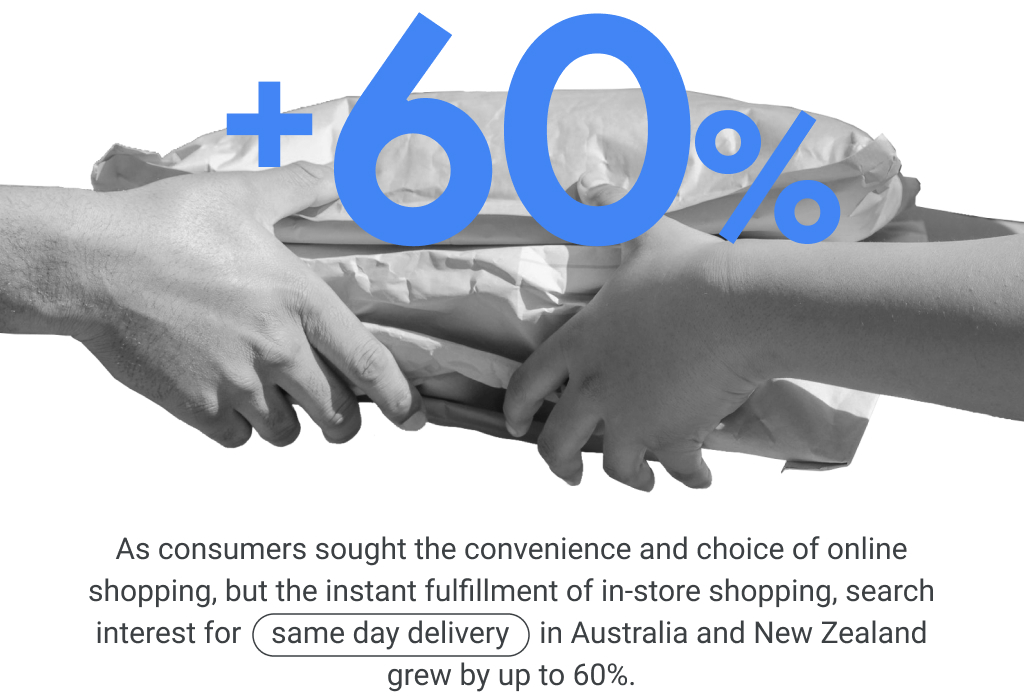
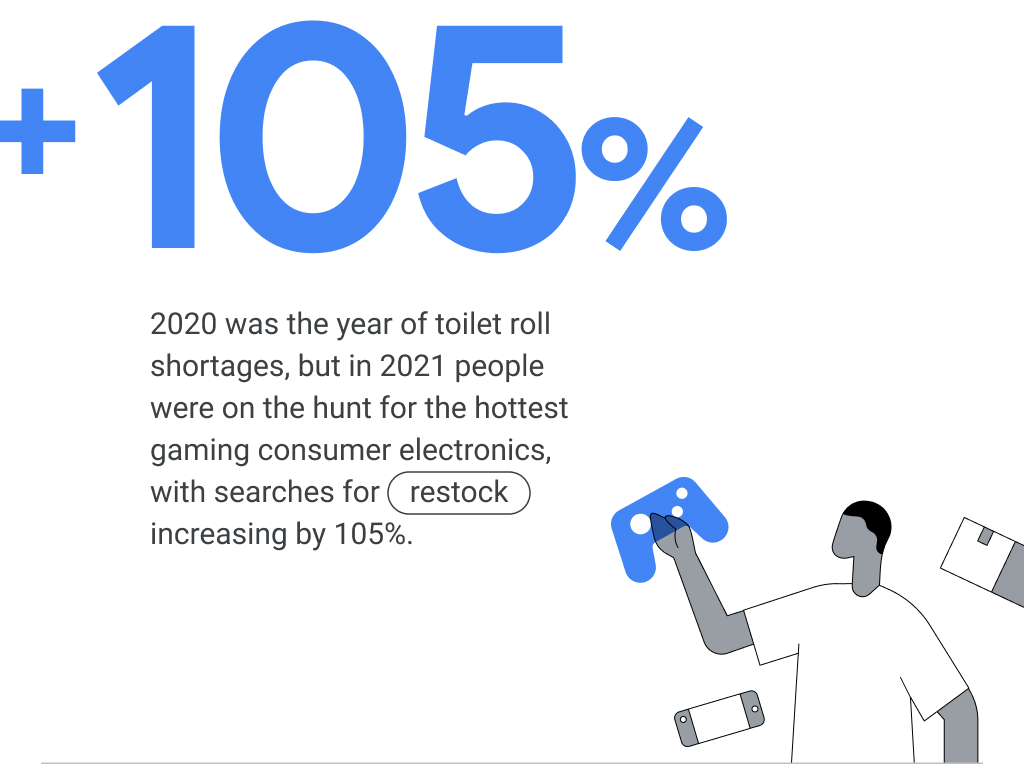
Digital in our day-to-day
Services like digital wallets and Buy-Now-Pay-Later are being used more in everyday life. While digital wallets were initially used for safer, contactless payment during the pandemic, their ease and convenience is converting consumers for good. In the first quarter of 2021, Mastercard saw one billion more contactless transactions than during the same period in 2020.
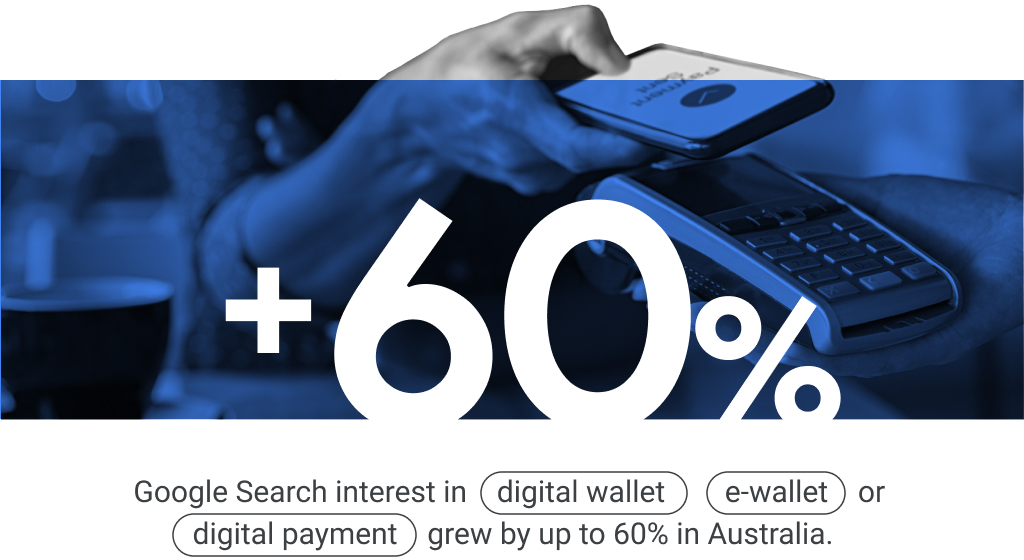
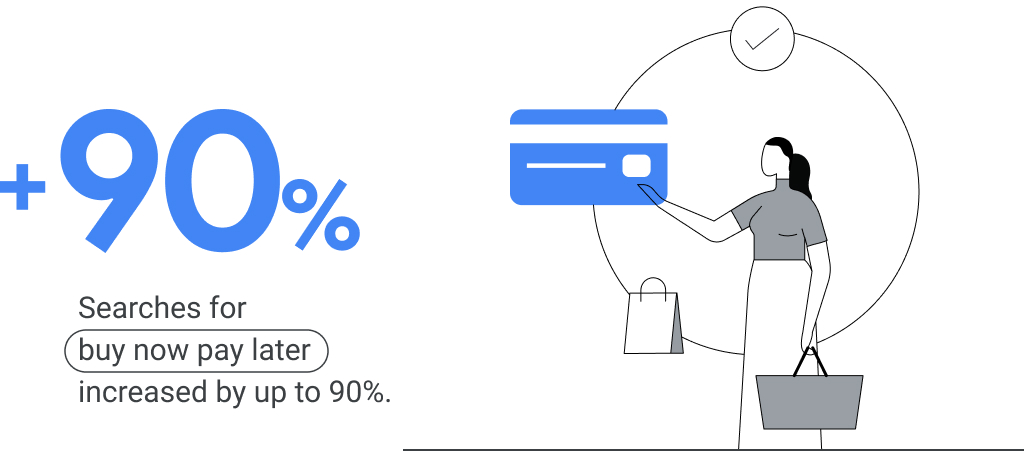
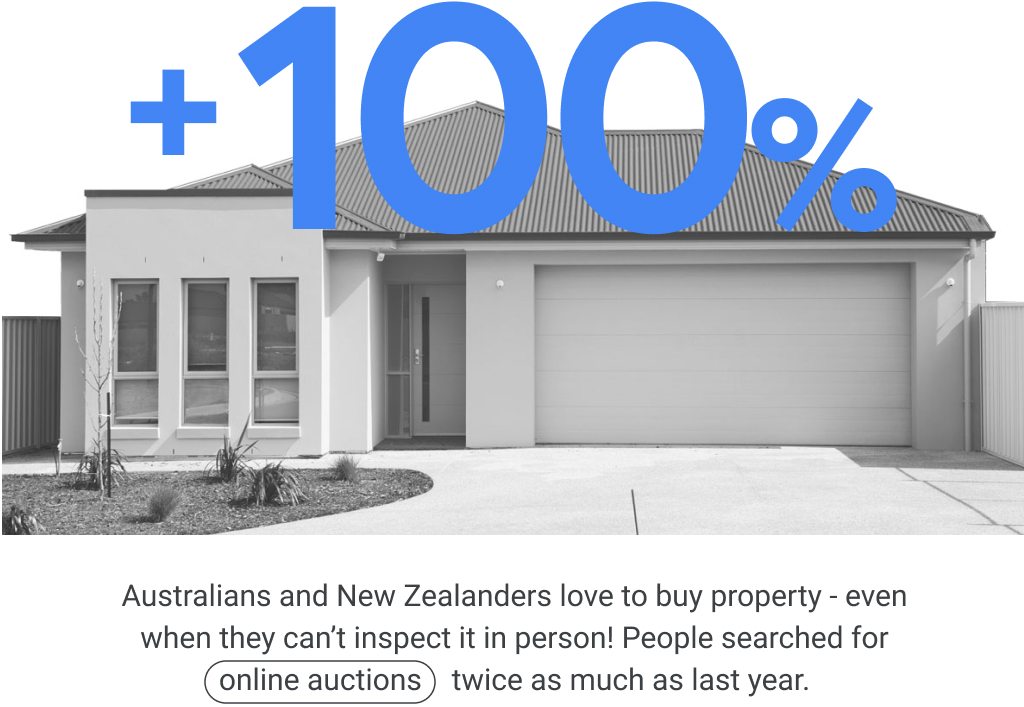
Preference for digital formats
As consumers entertain themselves online, digital format searches are continuing to gain momentum. 8M Australians streamed YouTube to their Connected TV in March 2021, and more than 1 in 5 New Zealanders who watch YouTube watch it on TV.4 Even when people take a break from the big screen, they’re enjoying on-the-go content like podcasts and audiobooks.
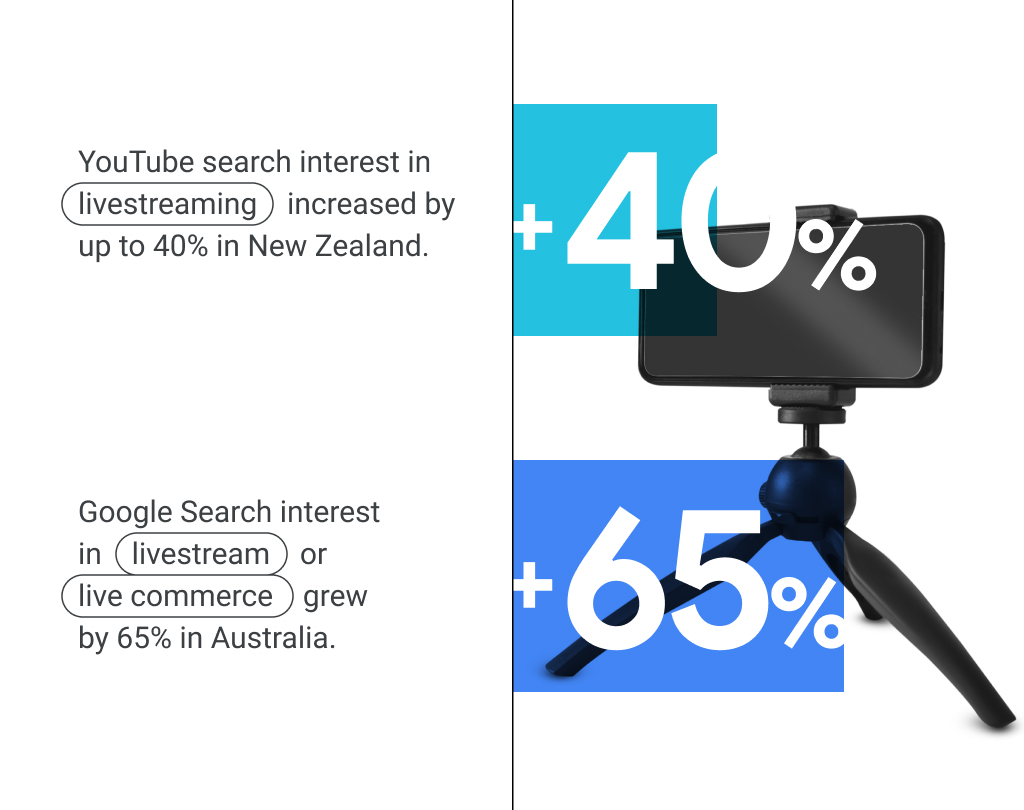
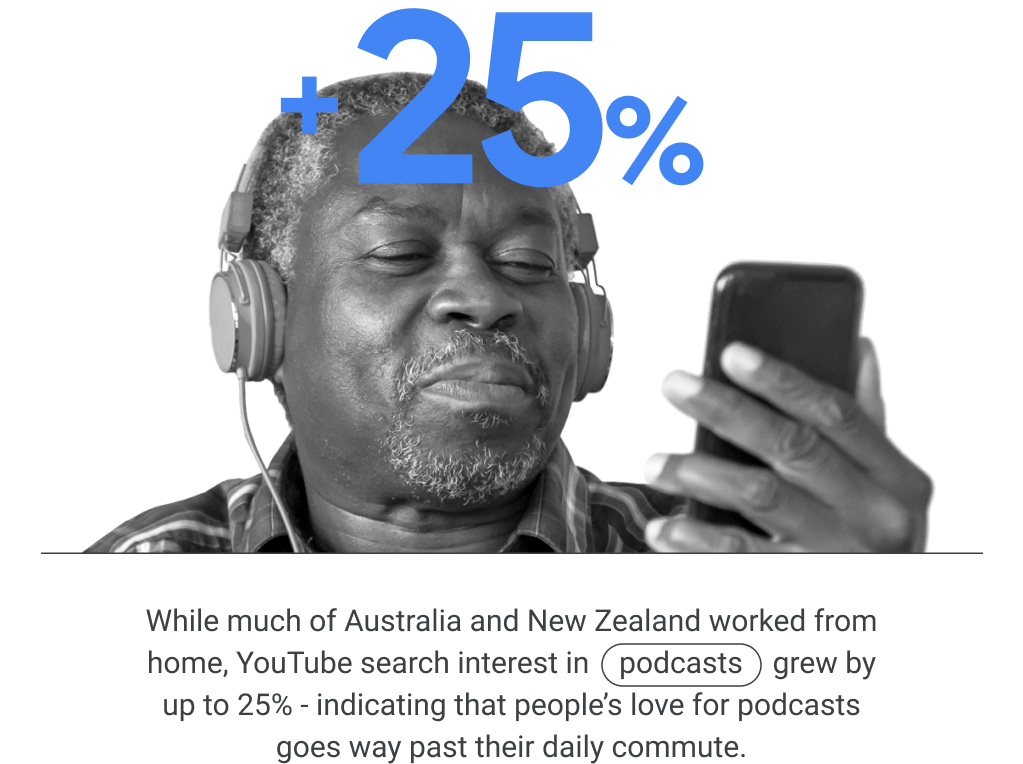
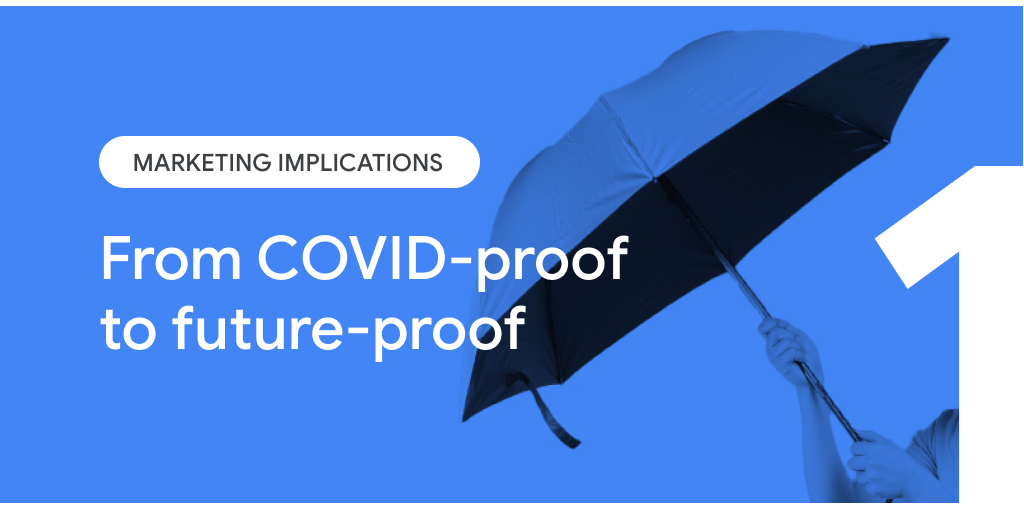
As people endure the ongoing waves and effects of the pandemic, their relationship with digital continues to deepen and has become intrinsic to daily life.
There’s now a great opportunity for brands to realise an agile, future-proof business model in a future where constant change is the norm.

“What many leaders feared, and the pandemic confirms, is that their companies were organised for… standardisation and predictability that’s [now] being overwritten by four big trends: a combination of heightened connectivity, lower transaction costs, unprecedented automation, and shifting demographics.”

Brands who rely too heavily on ‘above the line’ advertising should diversify and experiment across their media mix. Consumers are online, en masse - and brands need to meet them where they are.
As people’s media consumption diversifies from traditional channels, brands can benefit from reassessing their audience and media strategies to better reflect the realities of where their consumers are today.


Look to integrate the best practices and tips for audience reach and segmentation strategies into your digital advertising strategy.

Continually refine your approach by staying on top of the latest insights and best practices across marketing objectives and shopper moments to inform your digital strategies.

In a time where purchase decision-making is not linear, brands need to deliver on the consumer expectation for anywhere, anytime shopping. Lean into new innovations like Google Lens to capture consumers in moments of inspiration.
So how can you meet people on their shopping journey and bring them one step closer to your storefront?
Build closer connections with people searching for products like yours on free listings in the Shopping tab on Google Search.
Shorten the path from your ad to your virtual storefront by connecting your product feed to either Video action campaigns to drive customers to your site, or App campaigns to take them to your mobile app.
Search interest in “open now near me” has grown over 2X globally year over year.5 To create a seamless online to offline experience for your shoppers, use Local inventory ads to promote products that are available for in-store pick up.
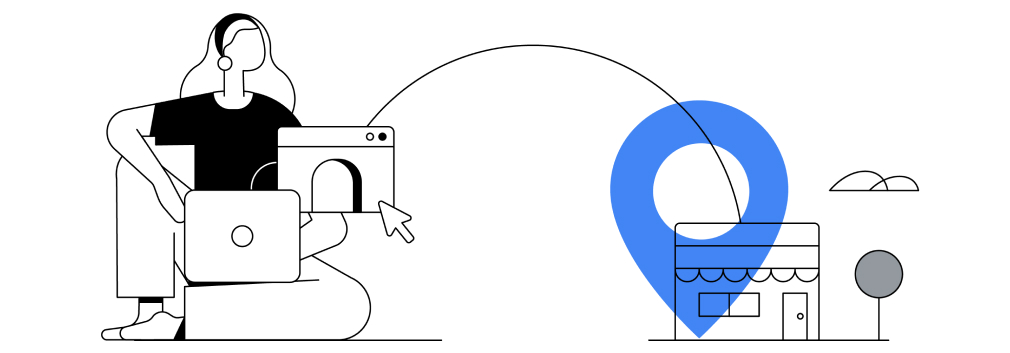
Online fashion and sports retailer, THE ICONIC, connected their product feed to their action campaigns on YouTube to allow consumers to shop looks directly from YouTube ads.

Today, people frequently switch between online and offline platforms to buy the things they want and need, but 76% of consumers either use online as their main way of shopping or prefer online for at least one stage of their purchase journey.6
This means it’s time for marketers to focus on offering seamless online-offline experiences, rather than focusing on what’s above or below “the line”.
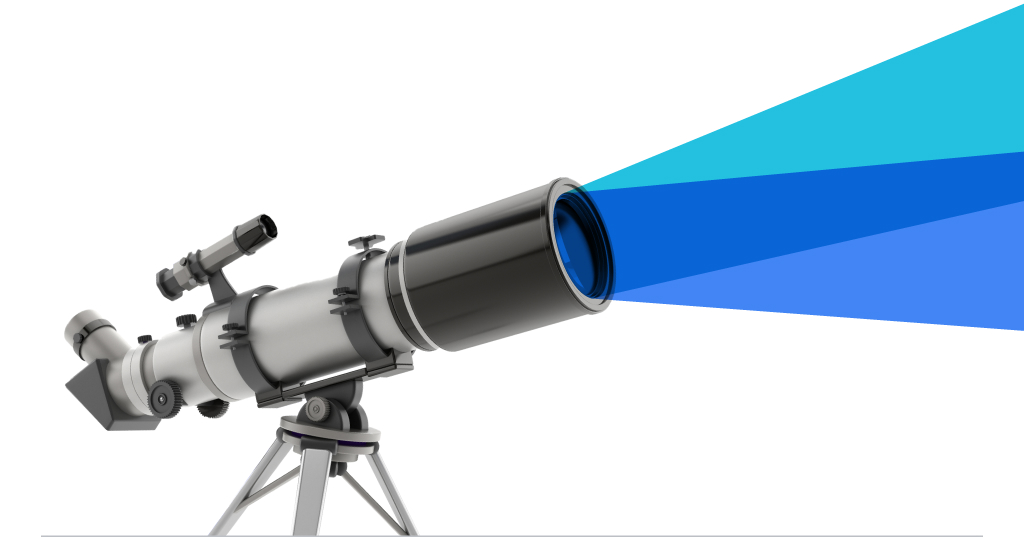

Build an agile omnichannel strategy to unlock short-term wins and long-term growth.
Building an omnichannel experience is not just a marketing exercise. It requires an integrated, cross-functional business strategy to transform your brand, meet ever-changing consumer needs and drive sustained business growth. This agility, coupled with customer-centricity, is what will open doors to new business opportunities.


Connect and evolve your shopping experience, both online and in-store.
Moving part of your business online won’t automatically satisfy the growing demand for a seamless experience. Consumers want holistic and cohesive experiences, so aim to combine the best of online and offline shopping so that consumers can connect with your business, on their terms.
Ensure you’re delivering on top consumer priorities, such as time and cost savings, and avoiding deal breakers like shipping fees and long delivery times.

By allowing customers to sort their shopping list by aisle location, Woolworths Supermarkets helped app users quickly and easily navigate their local store. This meant consumers could create their list on their phone at home and then save time in the store looking for products.
